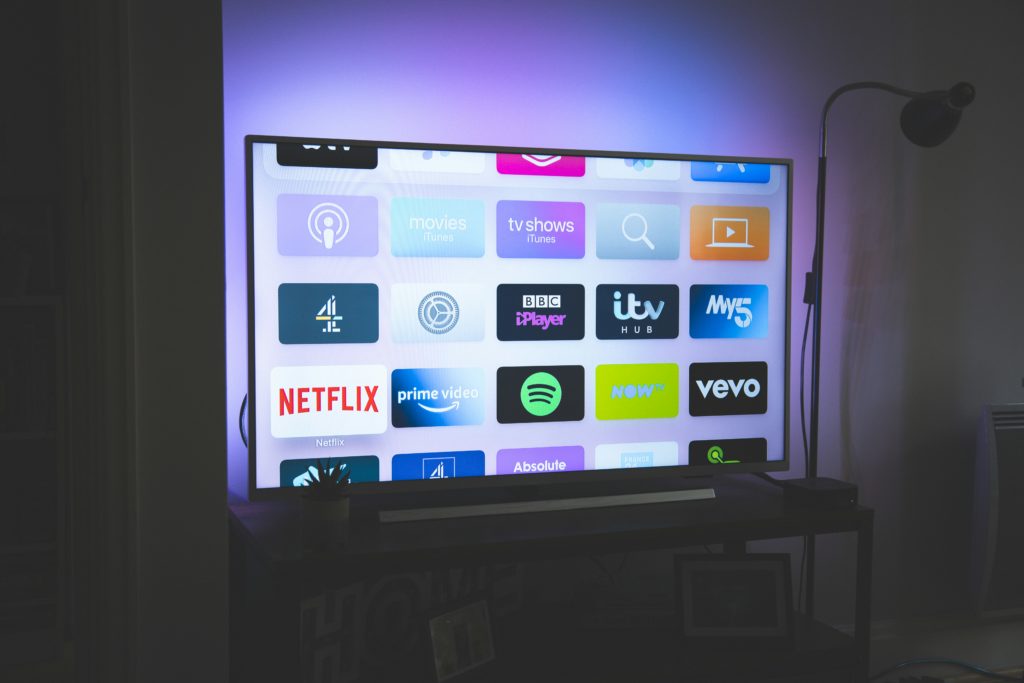Commercial Feature
Why People Are Canceling Subscription Services

Today, practically every service requires a monthly subscription, whether it’s access to software, coaching services, stock photos, cable TV, music, and even just regular television. Hardly any of these types of services charge by the hour or have a one-time fee anymore, and it makes sense – subscriptions are more profitable for a business. They also make life more expensive for subscribers.
If you’re starting to notice your monthly subscription bills rise in terms of quantity and individual service prices, you’re not alone. Thousands of people are paying more than they want for access to the services they now can’t really live without. A growing number of those people are outright canceling their subscriptions, including some who are canceling just to protest the model, even if they like the service.
Streaming service fees are increasing
Currently, all the major subscription-based streaming services have increased their prices by at least £1, but many have seen an increase by about £3 per month. That’s an extra $36 per year. If you multiply these increases by every streaming service you have, you’ll probably find yourself paying an extra £100 or more every year.
That doesn’t seem too bad, but think about it this way. Over time, you are going to need to pay for more and more subscription-based services and all of them are going to keep rising in price. You might pay £300 per year now for all of your subscriptions, but in a few years, your overall costs could triple.
To combat this, many people are going back to standard cable TV and ditching the expensive streaming services, like Netflix and Amazon Prime. It’s not hard to find something good on TV, and with a tool like mytelly.co.uk, you can always check out what’s going to air now or in the future. If you already pay for cable, this move makes sense. If you’re paying for cable TV and several streaming services, you’re spending too much money.
Subscription-based services are a financial drain
Consumers pay far more today for subscription services than they paid before the subscription model took over the world. For instance, many years ago, you could buy a software application for a one-time fee and get access to updates either for a set period of time or forever, depending on the developer. If you didn’t want to update the application, you could still continue using it without paying more.
There was no reason for developers to charge a monthly subscription fee until they started using cloud-based resources to give their applications more power and better features. That’s when software companies started rolling out monthly fees. They had no other way to recover the costs associated with their customers using cloud-based resources on a daily basis. A monthly service charge also supports customization and continual improvement over planned obsolescence.
It makes sense for developers to charge a monthly fee for software they’re constantly updating, refining, expanding, and delivering in the cloud, like Adobe Photoshop and Illustrator. However, desktop or mobile applications that don’t use server-side resources or don’t get significant daily/weekly/monthly updates can’t really justify a monthly fee. Still, most developers are following suit and charging that monthly subscription fee regardless, and it’s draining everyone’s wallets.
Monthly coaching is the new “get rich quick” scheme
There are plenty of legitimate coaches helping people with their businesses, relationships, and personal lives. However, the coaching model has become a lifestyle for people who want to make money fast. Rather than charging one-time consulting fees, people are starting to call themselves coaches and convincing people to pay a monthly fee for a package of three or four consultations.
More often than not, the monthly fee is huge and the amount of time the coach will spend with you is small. The charismatic ones tend to command higher fees, even if they aren’t providing more value.
Unfortunately, anyone can call themselves a coach and provide people with whatever advice and ideas they want. The coaching industry isn’t regulated, although certain types of coaches would still require qualifications, like a legal coach. Still, anyone can decide to be a general life or business coach without any oversight, which makes it a lucrative career option for many.
Like any other subscription model, many people are realizing the value doesn’t justify the cost and are cutting their coaches loose.
The subscription economy is here to stay
Regardless of where you stand, it’s clear that the subscription economy is not going anywhere. Whether you need task management software, Photoshop, access to generative AI, or you want to stream your favorite movies and television series, monthly fees are here to stay, so choose your subscriptions wisely.
 Comment / Why shouldn’t we share our libraries with A-level students?25 June 2025
Comment / Why shouldn’t we share our libraries with A-level students?25 June 2025 News / Lord Mandelson visits University30 June 2025
News / Lord Mandelson visits University30 June 2025 Features / 3am in Cambridge25 June 2025
Features / 3am in Cambridge25 June 2025 Theatre / Twelfth Night almost achieves greatness26 June 2025
Theatre / Twelfth Night almost achieves greatness26 June 2025 Features / What it’s like to be an underage student at Cambridge29 June 2025
Features / What it’s like to be an underage student at Cambridge29 June 2025




